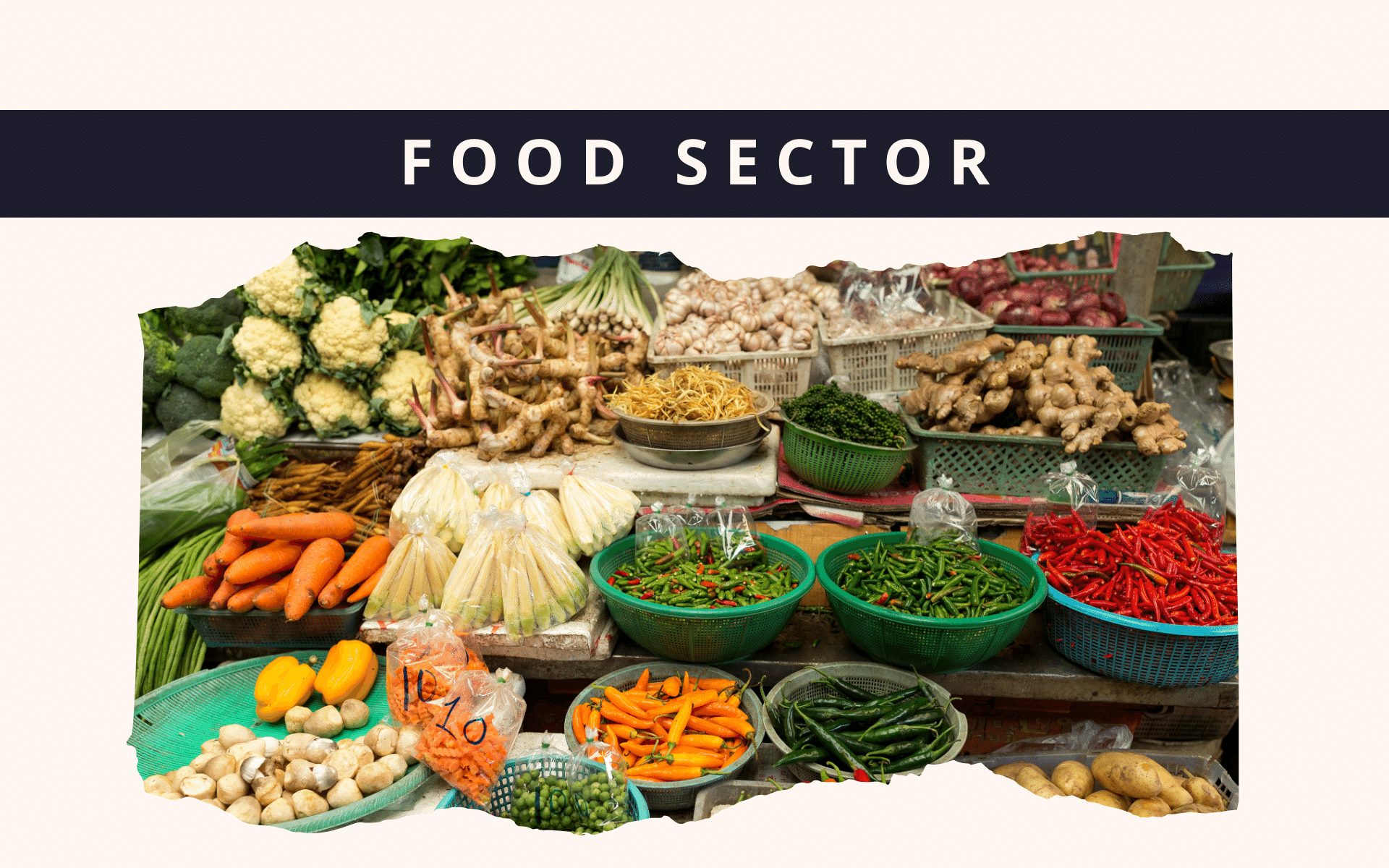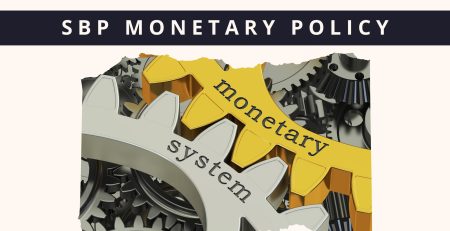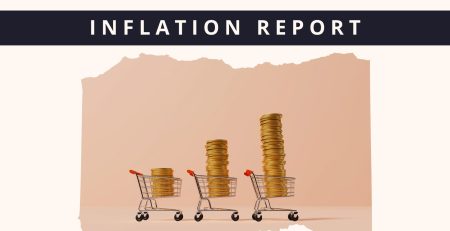Food sector’s revenue growth slows in 1QCY24
JS Research has just released an update on its coverage of the food sector. The research house has highlighted the challenges and prospects for the industry, noting a slowdown in revenue growth to 10% year-over-year (YoY) in the first quarter of 2024.
The slowdown in revenue growth
In the first quarter of 2024, the cumulative revenue growth for nine listed food companies slowed to 10% YoY. This marks a significant deceleration from the 46% growth reported in 1QCY23 and a 3-year quarterly average of around 30%. The primary reason for this slowdown is the high inflationary pressure that has forced consumers to cut back on branded and non-essential consumer products, opting instead for more economical alternatives.
📢 Announcement: We're on WhatsApp – Join Us There!
The table below summarizes the performance of the key companies in the sector:
| Company | Market Cap (Rs mn) | Trailing P/S (x) | P/E (x) |
|---|---|---|---|
| Nestlé Pakistan | 326,516 | 1.59 | 20.54 |
| FrieslandCampina Engro | 55,325 | 0.53 | 46.77 |
| Rafhan Maize | 73,707 | 1.13 | 12.03 |
| Ismail Industries | 112,807 | 1.02 | 15.48 |
| National Foods (cons.) | 39,576 | 0.48 | 17.53 |
| Unilever Foods | 117,844 | 3.61 | 14.36 |
| Matco Foods | 3,196 | 0.12 | 41.50 |
| Fauji Foods | 24,116 | 1.19 | 27.19 |
| Murree Brewery | 11,906 | 0.53 | 5.69 |
| Sector Total | 764,993 | 1.14 | 17.38 |
Factors behind the slowdown
The high inflationary environment has led consumers to prioritize essential goods over branded and luxury items. This shift in consumer behavior has impacted the revenue growth of food companies, which have had to adapt to changing market dynamics.
Individual company performance
Some companies, like National Foods (NATF), FrieslandCampina (FCEPL), and Nestle Pakistan (NESTLE), managed to report double-digit YoY growth despite the challenging environment. Their success can be attributed to strong brand recognition and effective marketing strategies.
Margin pressure and profitability
High food inflation and weak demand have exerted pressure on sales volumes for food companies. Despite this, the industry managed to maintain gross margins at 27% in 1QCY24, close to the 3-year average levels. However, increased marketing and selling expenses led to a 300 basis points decline in operating profit margins.
Don't miss:
- Which cars are driving the rally in auto stocks?
- 5 High ROE stocks according to Topline Securities
- Why TPLP could go higher.
Impact on net profit
The net profit for the sample companies declined by 27% YoY in 1QCY24. This decline was driven by a combination of lower sales, squeezed margins, and a 50% YoY increase in financial charges. However, on a QoQ basis, net earnings rose by 53%, thanks to gradual margin improvement, a high base of operating expenses in 4QCY23, and deleveraging efforts by some companies.
Quarterly performance insights
FFLFauji Foods (FFL) and FrieslandCampina (FCEPL) benefited from deleveraging their balance sheets, which helped improve their financial performance despite high interest rates. On the other hand, Matco Foods (MFL) faced profitability challenges due to increased outstanding loans and higher rates under the Export Finance Scheme.
Future outlook and risks
Potential Impact of FY25 Budget
The upcoming FY25 Budget, scheduled for June 7, 2024, could introduce measures such as increased income tax for individuals or other inflationary measures like hikes in fuel prices and utilities. These changes could reduce disposable income and delay the recovery in demand for consumer products.
Prospective monetary easing
Despite potential fiscal challenges, a prospective monetary easing cycle is expected to bring down finance costs for the sector, providing some relief to the bottom line.
Key risks to the sector
The main risks to the sector include:
- Slowdown in DAP consumption due to higher prices
- Volatility in exchange rates
- Increase in gas costs affecting DAP margins
- Rise in phosphoric acid prices
- Changes in the regulatory regime
These factors could further impact the sector’s profitability and growth prospects.
Disclaimer:
The information in this article is based on research by JS Research. All efforts have been made to ensure the data represented in this article is as per the research report. This report should not be considered investment advice. Readers are encouraged to consult a qualified financial advisor before making any investment decisions.
⚠️ This post reflects the author’s personal opinion and is for informational purposes only. It does not constitute financial advice. Investing involves risk and should be done independently. Read full disclaimer →













Leave a Reply